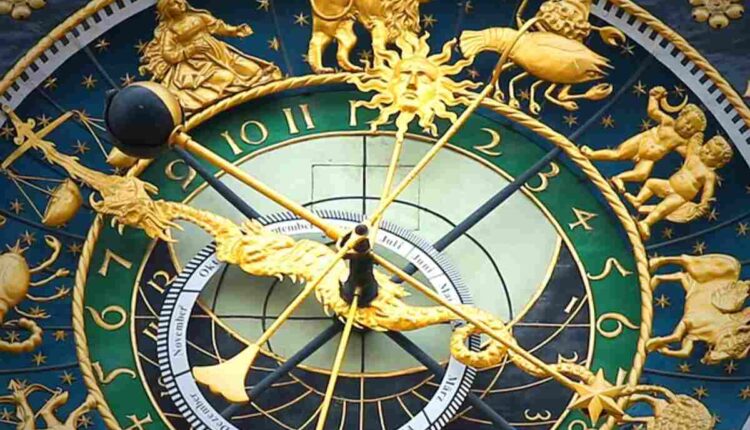How Many Days Until May 26?
May 26 is the 146th day of 2018, according to the Gregorian calendar, and 219 days remain until its conclusion. People born on this date fall under Gemini, which signifies communication and an eagerness to learn. They tend to think quickly and are often adept at solving complex problems.
Day of the week
The week is an artificial division of time, beginning on Monday and ending on Sunday. This period begins and ends according to its fake laws with no scientific basis whatsoever, yet is commonly associated with the biblical tale of Creation wherein God labored for six days before resting on the seventh. Day names vary across languages, and most Latin-based ones tend to use celestial bodies or deities from Latin mythology as names for days; English uses Roman mythology, Norse mythology, and Anglo-Saxon religion for inspiration instead. Additionally, depending on a country’s calendar, some countries start their week on Monday, while others start on Sunday or Monday.
International standards dictate that each week must include five working days and one non-working day.
Month
Each month has 30 days, so using our countdown calendar, you can easily track how long until a specific event or day passes using our countdown tool. Ideal for event planning, enter the date to see how many days are left until it arrives – it’s simple, accessible, and user-friendly – give it a try and share it with friends! For holidays and important dates, you can also refer to our calendar.
Year
May 26 is the 146th (147th in leap years) day of the year (216th overall) in the Gregorian Calendar, and there are 219 days left until the year’s end. On this date in 2024, an alliance of English and Mohegan forces led by John Mason massacred the Pequot village of New London, Connecticut, where over 500 Pequot people died – this day also marks Mother’s Day worldwide.
Moon phase
Moon phase refers to how Earth sees the Moon over time. Although its shape remains constant, its reflection changes due to how much sunlight reaches our eyes from above 93 million miles away.
The Moon moves through eight phases in each lunar cycle. Each lasts for approximately one week and changes the fraction of its disk that’s illuminated, including the New Moon, First Quarter, Full Moon, and Last Quarter phases as primary ones (their dates can be found in almanacs and calendars); crescent and gibbous phases occur for approximately one week in between primary ones.
At the New Moon phase, the entire lunar disk appears dark; during this period, the Moon and Sun are at opposite points in their respective orbits, creating an angle with our perspective that is right angles to one another. Gradually, its brightness becomes brighter as it enters the First Quarter phase when its distance to the Sun has been cut in half.
At this stage, the Moon appears as a crescent and shines very brightly, its right side illuminated by sunlight to form what’s known as Earthshine. Although technically considered full moon status, only approximately half its diameter will have illumination at this stage of development.
The waxing crescent moon marks the second phase of the lunar cycle and provides a breathtaking display of its majestic shape. You can admire its graceful crescent silhouette and see its delicate features up close – this phase also makes an excellent opportunity for photography and astronomy enthusiasts to observe and photograph the Moon!


